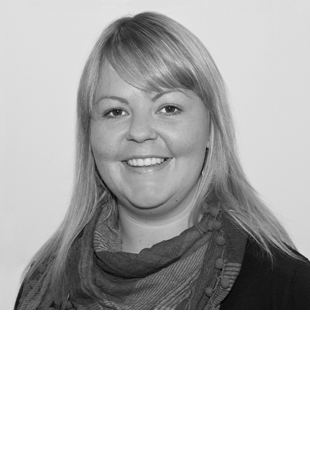Changing ourselves and shifting power from within
11 Sep 2023

Kaela Kambobe – development professional, campaigner & advocate of workplace well-being.
As conversations deepen ahead of the #ShiftThePower Global Summit set for December 2023 in Bogotá, more practitioners are getting involved. Despite the various top-down models within international development that persisted unchallenged for decades, there was always an inner knowing that something about the international development landscape needed to change. Over the years #ShiftThePower as a movement has given expression to this conviction by uniting forces behind this desire for change.
However, as the conversation gains momentum, there is a need for it to look beyond what the shifts would look like in terms of power dynamics between funders and funding recipients and to extend into the shifts that should happen within organizations’ own internal practices. Shifts that not only democratize power but that also promote a culture of well-being within organizations.
The Wellbeing Project, an initiative co-created with leading social change institutions to promote well-being culture among changemakers, argues that commitment to fostering a culture of inner well-being for all changemakers has a catalytic power in our pursuit of a better world. As leaders are tasked with supporting peoples’ well-being in organizations, a link has been established between their embodiment of people centered qualities and the well-being of staff.
As we #ShiftThePower towards a flatter and more equitable paradigm of people-based development, the culture within the organizations of changemakers should be one that encompasses well-being. #ShiftThePower must foster open and constructive conversations around creating an environment that values well-being in workplaces. The Summit in Bogota is an incredible opportunity to engender a culture within the movement that is more human-centered as we change the attitudes and mind-sets of donors, attitudes about employee well-being should also shift, accordingly.
Within the nine point #ShiftThePower Manifesto for Change – a “holy grail” in the way it articulates and reframes ideas on achieving more people-centered, locally focused, and community-based solutions – statement nine stands out as a call to “change ourselves. We need both humility and boldness and (to) be ready to challenge our own power and to listen to and work with others.” In other words, challenging ourselves to “practice what we preach.” Making the strides outlined in the Manifesto for Change in the development ecosystem will depend on the extent campaigners themselves are willing to challenge their own power. A good place to start is to ask whether those of us calling for the shift are ourselves aware of power imbalances within our own organizations? What does power imbalance look like? Do structures that support a fair distribution of power and hold those in leadership accountable exist? According to Kate Gibson, accountability is perhaps the most important skill in effectively leveraging power, but those with the most influence often overlook it. It is possible the movement is being advanced against a background of unequal power dynamics in our own organizations – rampant behind the scenes and not being talked about in our current discussions. Which would be contrary to the true spirit of the Manifesto.
Road to Bogotá leaders’ challenge
As we prepare to gather in December in Bogotá, as leaders, we need to reflect on the kind of workplace climate and supervision experience we are creating for those we lead. There is an opportunity for leaders to rise to a new level of leadership by interrogating power structures thus broadening involvement in influence, and practices of the organizations they lead. Participation can be a means of redistributing power that allows under-represented and excluded people and communities to actively engage in decision-making and implementation.
Of course, there’s no “one-size-fits-all” approach to addressing power imbalances that affect meaningful participation in decisions and in designing a well-being strategy, but it can be done in various ways and be informed by the unique needs and characteristics of the organization and its workforce. Given that well-being fundamentally shapes the way social change happens, it needs to be prioritized as part of the internal changes and key to the overall success of the movement. As the Women Shine Course taught me; we should rather embrace a way of working that supports our well-being and the well-being of those we lead.
By: Kaela Kambobe – development professional, campaigner, and advocate of workplace well-being.

